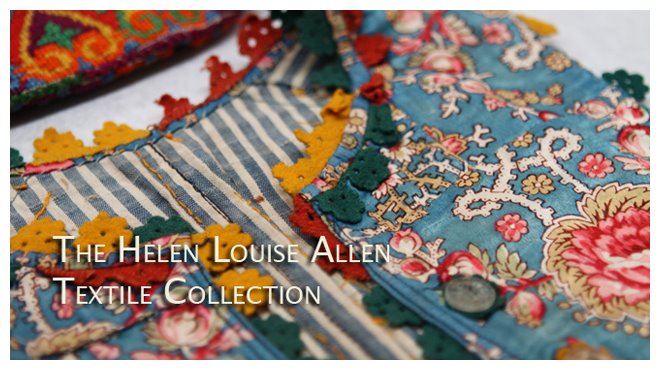
HLATC E1242A, Opera quilt, France, 1897-1900

Intricately embroidered vignettes decorate the front of this European bedspread, which dates to the turn of the 19th century. The amazingly detailed embroidery is credited to the hands of six French nuns, who worked diligently on the piece for three years. The level of detail is so fine that a few of the embroidered women are actually wearing real beaded necklaces.
This impressively sized bedspread (10 ft x 9 ft) is called an Opera Quilt because the scenes depicted on it are from operas playing around the time the quilt was made. The six operas represented: Boheme-1896, Manon-1884, Aida-1871, Cavall Rustice-1890 (Cavalieria Rusticana), Tosca-1900, and Strategia Damore-1896. The images used for the opera 'Tosca' were copied from a series of promotional postcards printed in Italy, probably the year of the premier, 1900. It is likely the other images are also copied from similar postcards.
The quilt is said to have won first prize at the World's Fair in Paris in November of 1900. This gives us some insight into the year the piece was created, as we know that it was finished no later than 1900. Also, since the opera Tosca did not premier until the year 1900, it is likely the quilt was begun earlier and the last vignette added was of Tosca, in 1900.



















